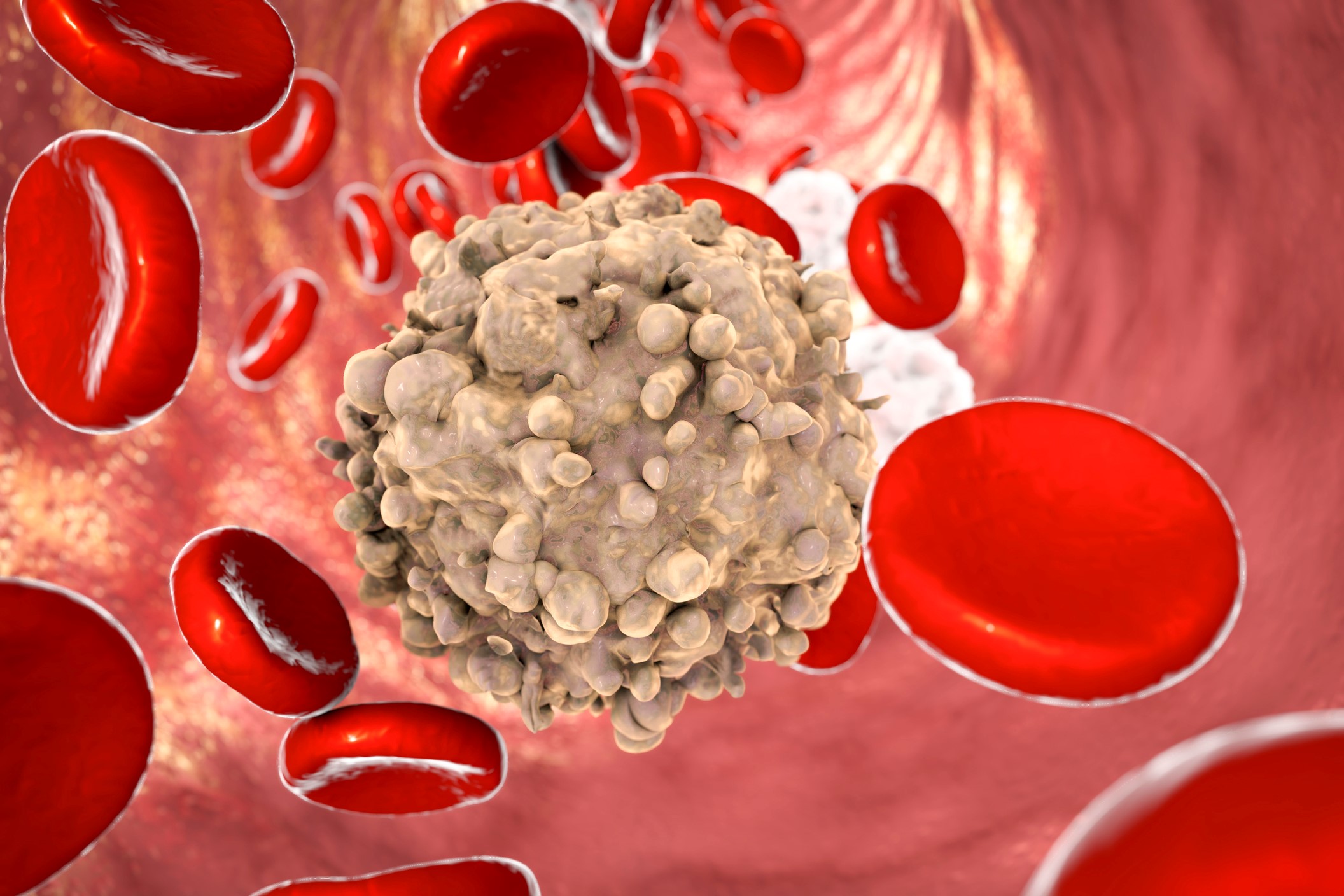
Haemochrome, what is it? When are red blood cell values normal?
Normal blood values: the CBC is the most common blood test that involves counting the number of red blood cells (erythrocytes), white blood cells (leukocytes) and platelets (thrombocytes)
Red blood cells: what they are and what are the normal values
Red blood cells – or erythrocytes – are disc-shaped cells with an average diameter of 8 microns (8 thousandths of a millimetre) that are used to transport oxygen and carbon dioxide.
Red blood cells are born in the haemopoietic marrow from immature cells called erythroblasts.
The maturation time of erythrocytes is 5 days and their average life span is 120 days.
Normal values:
- males 4.4-5.9 million/mL;
- females 3.8-5.3 million/mL.
An increase in red blood cells above normal values may indicate thalassaemia, absolute polycythaemia or secondary polyglobulia.
A decrease may be a sign of anaemia.
White blood cells: what they are and what are normal values
White blood cells – or leucocytes – do not contain haemoglobin and are in a 1:1 ratio with red blood cells.
Normal values range from 4.3 to 10 thousand/mL.
The composition of white blood cells (leucocyte formula) is as follows:
Total leucocytes: 4500-11000
Neutrophil granulocytes: 1800-7700
Eosinophilic granulocytes: 0-450
Basophil granulocytes: 0-200
Lymphocytes: 1000-4800
Monocytes: 0-800
The term leucopenia indicates a reduction in the number of white blood cells, while leucocytosis indicates an increase in them.
Platelets: what they are and what are the normal values
They are the smallest figured elements of the blood that contribute to coagulation; by clumping together in particular situations (trauma, wounds) they stop haemorrhaging.
Platelets appear as discs with a diameter of 2-4 millimetres which – in the event of bleeding – form a ‘platelet plug’ capable of stopping it (primary haemostasis).
Normal values range from 150,000 to 400,000 per dL.
An increase in platelets is an indication of myeloproliferative syndromes or secondary thrombocytosis (inflammation, haemorrhage, splenectomy, neoplasia).
It can also occur following physical activity or in conjunction with childbirth.
A decrease (below 50,000 units) can impair haemostasis (the ability to stop bleeding) and occurs due to infections, congenital malformations, intoxications, drug therapies, bone marrow infiltration, Fanconi syndrome.
Haematocrit: what it is and what it is used for
Haematocrit is a test that measures the percentage amount of the corpuscular part (consisting mainly of red blood cells) of the total blood volume.
CBC: Haemoglobin, what it is and what it is used for
Haemoglobin is a conjugated protein that performs the function of transporting oxygen.
A haemoglobin deficiency results in anaemia.
Normal values:
males 13-17 g/dL;
females 12-16 g/dL.
Anaemia is defined by values below 13 g/dL in men, 12 g/dL in women and 11 g/dL in children and pregnant women.
Haemochrome: MCV, MCH, MCHC, what they are and what are normal values
MCV (Mean Corpuscular Volume): indicates the mean corpuscular volume of red blood cells over total haematocrit. It discriminates anaemias into normocytic, microcytic and macrocytic.
Normal values are 80-99 Fl (femtolitres) in men and 80-100Fl in women.
MCH (Mean Corpuscolar Hemoglobin): indicates the mean hemoglobin content in relation to red blood cells. It distinguishes hypochromic from normochromic anaemias. Normal values: 27-34 pg.
MCHC (Mean Corpuscolar Hemoglobin Concentration): indicates the average erythrocyte hemoglobin concentration. Normal values: 27-34 pg (picograms).
RDW (Red Cell Distribution Width): indicates the homogeneity of red blood cell volume. The higher it is, the greater the inhomogeneity. Normal values range between 11 and 17%. An increase can occur in the presence of sideropenic and megaloblastic anaemias, or following a blood transfusion. A decrease occurs following treatment of anaemias.
Read Also
Emergency Live Even More…Live: Download The New Free App Of Your Newspaper For IOS And Android
Urine Tests: Glycosuria And Ketonuria Values
Colour Changes In The Urine: When To Consult A Doctor
Paediatric Urinary Calculus: What It Is, How To Treat It
High Leukocytes In The Urine: When To Worry?
The Colour Of Pee: What Does Urine Tell Us About Our Health?
Pee Colour: Causes, Diagnosis And When To Worry If Your Urine Is Dark
Haemoglobinuria: What Is The Significance Of The Presence Of Haemoglobin In Urine?
What Is Albumin And Why Is The Test Performed To Quantify Blood Albumin Values?
What Is Cholesterol And Why Is It Tested To Quantify The Level Of (Total) Cholesterol In The Blood?
Gestational Diabetes, What It Is And How To Deal With It
What Is Amylase And Why Is The Test Performed To Measure The Amount Of Amylase In The Blood?
Adverse Drug Reactions: What They Are And How To Manage Adverse Effects
Albumin Replacement In Patients With Severe Sepsis Or Septic Shock
Provocation Tests In Medicine: What Are They, What Are They For, How Do They Take Place?
What Are Cold Agglutinins And Why Is The Test Performed To Quantify Their Values In The Blood?
Why Is Pee Yellow? The Color Of Urine And The Role Of Urobilin
Sugars: What Are They Good For And When Are They Bad For Us?
Urine Test: What It Is Used For And What It Detects
Glycated Haemoglobin: What It Is And Why It Is Important


